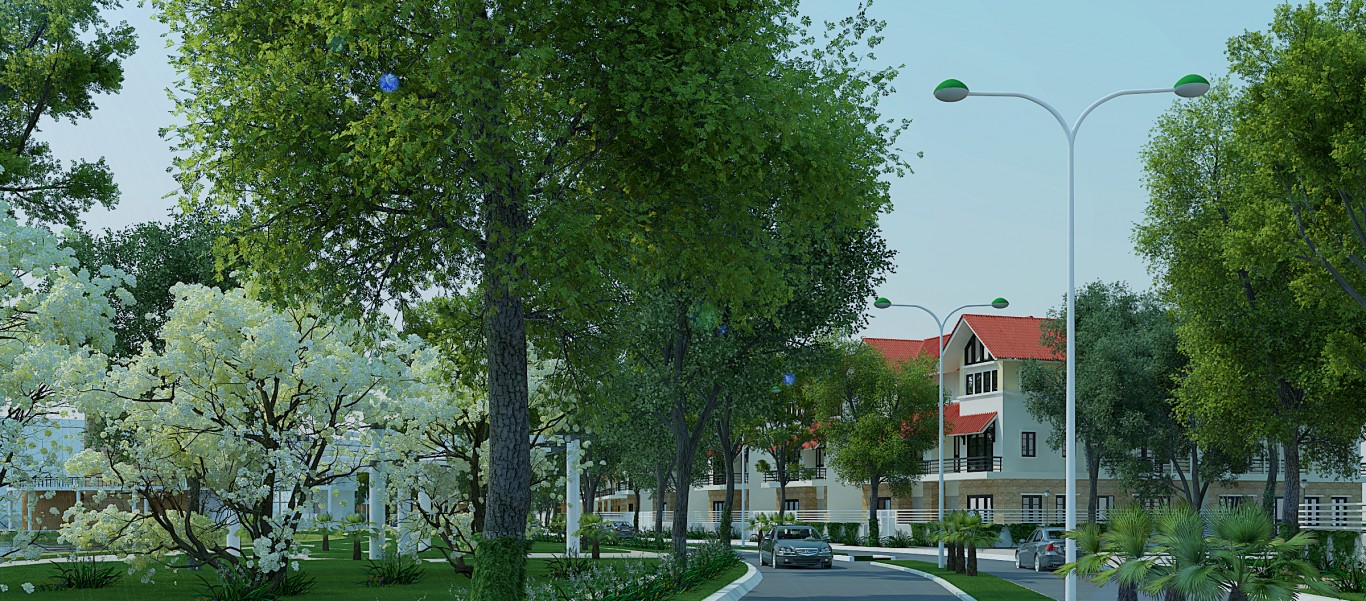Box 1: Nationwide Domestic Survey
Introduction
In Canada, blended unions take into account a tiny percentage of most hitched and common-law couples. But, as Canada’s population is becoming more diversified, their figures have actually slowly increased in present years.
Box 2: ideas and definitions
Couple means two people in a marital or common-law relationship who will be surviving in the dwelling that is same. It provides both opposite-sex and same-sex partners.
Partners in blended unions is looked over from various views. As an example, it could make reference to partners that do not need the exact same ethnic origin, exactly the same faith, the exact same language or the same birthplace.
In this specific article, the thought of blended union is dependent on the real difference in noticeable minority status of this two individuals in a conjugal relationship. a blended union refers to a couple of for which one partner or partner belongs to an obvious minority team while the other will not, in addition to a few when the two partners or partners are part of different noticeable minority teams.
The Employment Equity Act describes minorities that are visible “persons, aside from Aboriginal individuals, who’re non-Caucasian in battle or non-white in color.” The minority that is visible consists mainly regarding the after teams: South Asian, Chinese, Ebony, Filipino, Latin United states, Arab, Southeast Asian, West Asian, Korean and Japanese.
Increase of blended unions
Based on information through the 2011 National domestic Survey, about 360,045 couples, or 4.6% of most hitched and common-law couples in Canada, had been in blended unions. Of this quantity, 305,075, or 3.9% of all of the partners, had been made up of one individual who had been a user of the minority that is visible one that had not been, while 54,970 couples (0.7% of most partners) included two people from various noticeable minority teams.
Weighed against the results from past censuses, the percentage of partners in blended unions is up. Partners in blended unions accounted for 2.6% of most partners in 1991, 3.1percent of partners in 2001 and 3.9percent in 2006.
The percentage of blended unions diverse by noticeable minority teams
Some noticeable minority teams have a better propensity to stay in mixed unions than the others ( dining Table 1). Last year, Japanese had been probably the most apt to be in someone from another team. Of this 32,800 partners for which one or more individual ended up being Japanese, 78.7% included a spouse or partner who had been maybe not Japanese. Latin Americans (48.2%) and Blacks (40.2%) had been the second and 3rd probably noticeable minority teams to create blended unions.
On the other hand, the 2 biggest noticeable minority populations in Canada, Southern Asians and Chinese, had the littlest proportions of partners involving a partner or partner from outside their group, at 13.0per cent and 19.4% respectively.
Size, demographic and ethnocultural structure, geographical distribution, wide range of generations and years invested in Canada, as well as other faculties, could all donate to give an explanation for variation in the mixed unions among noticeable minority teams.
Diversity within couples
Many mixed unions are made of people created in 2 different nations. Last year, almost 1 / 2 of blended unions (49.2%) had been made up of an individual created in Canada and a person created abroad, and 19.4% of blended unions involved two persons that are foreign-born different nations. partners by which both individuals were Canadians by delivery accounted for 25.3percent of blended unions, while those who work by which both members had been created when you look at the exact same country outside Canada represented 6.0% of blended unions.
In contrast, almost all all couples involved two people created when you look at the exact same nation. Couples made up of two Canadians by delivery represented 66.9% of all hitched and common-law couples, although the share of partners for which both users had been created into the exact same country outside Canada ended up being 18.2%. Partners made up of two persons from various countries accounted for smaller shares of most partners: 11.2percent of partners included anyone created in Canada and another born outside Canada, while 3.7% of couples involved persons from two different nations outside Canada.
Nearly all individuals in conjugal relationships reported the religion that is same their spouse or partner. It is additionally the full instance for persons in mixed unions, but to an inferior degree. Last year, partners by which both spouses or lovers had been through the same broad group that is religious 73.6percent of all of the couples, while couples for which both individuals reported having no spiritual affiliation taken into account 16.6percent of couples. Both persons reported no religious affiliation in comparison, half of all mixed unions were composed of two persons with the same religion, and in 2 out of 10 mixed unions.
Partners in blended unions are more unlikely than other partners to own discovered the exact same language at house during youth. In somewhat fewer than half https://www.hookupdate.net/cs/bbw-seznamka/ (45.4%) of blended unions, both users had a minumum of one typical mom tongue. In contrast, near to 9 in 10 partners in non-mixed unions had a number of typical mother tongue(s).
Persons in blended unions are more inclined to be young
Individuals in blended unions are generally younger than those in non-mixed unions. Last year, the median age of people in blended unions had been 41.6, even though the median age for individuals in non-mixed unions ended up being 50.3.
The biggest share (30.8%) of people in mixed unions was at the 35 to 44 age bracket, accompanied by those in the 25 to 34 age bracket (25.8%). For individuals in non-mixed unions, the biggest share (38.5%) was in the 55 and over age group, followed closely by the 45 to 54 generation (24.3%).
When it comes to the percentage of all of the partners, couples in blended unions are far more typical within the generations that are young. Last year, the proportion that is highest of partners in blended unions ended up being among individuals aged 25 to 34 (7.7%), followed closely by those aged 35 to 44 (6.8%) and the ones aged 15 to 24 (6.1%). On the other hand, individuals aged 45 to 54 and people aged 55 and over had the littlest proportions of partners in blended unions, at 4.1per cent and 2.7% correspondingly.
Many partners in mixed unions live in the census that is major areas
Many partners in blended unions have a home in the major census metropolitan areas. Last year, 6.0percent of couples surviving in one of the 33 census urban centers had been in blended unions, weighed against 1.0per cent of partners living outside such areas. Vancouver and Toronto, the 2 census urban centers aided by the largest noticeable minority populations, also posted the greatest figures and also the biggest proportions of partners in blended unions.
Extra information
For information on the principles, definitions, universes, factors and geographical terms used in the 2011 nationwide Household Survey, please consult the nationwide domestic Survey Dictionary, Catalogue no. 99-000-X. For step-by-step explanations on concepts as well as all about data quality, please reference the guide guides from the Census Program site.







